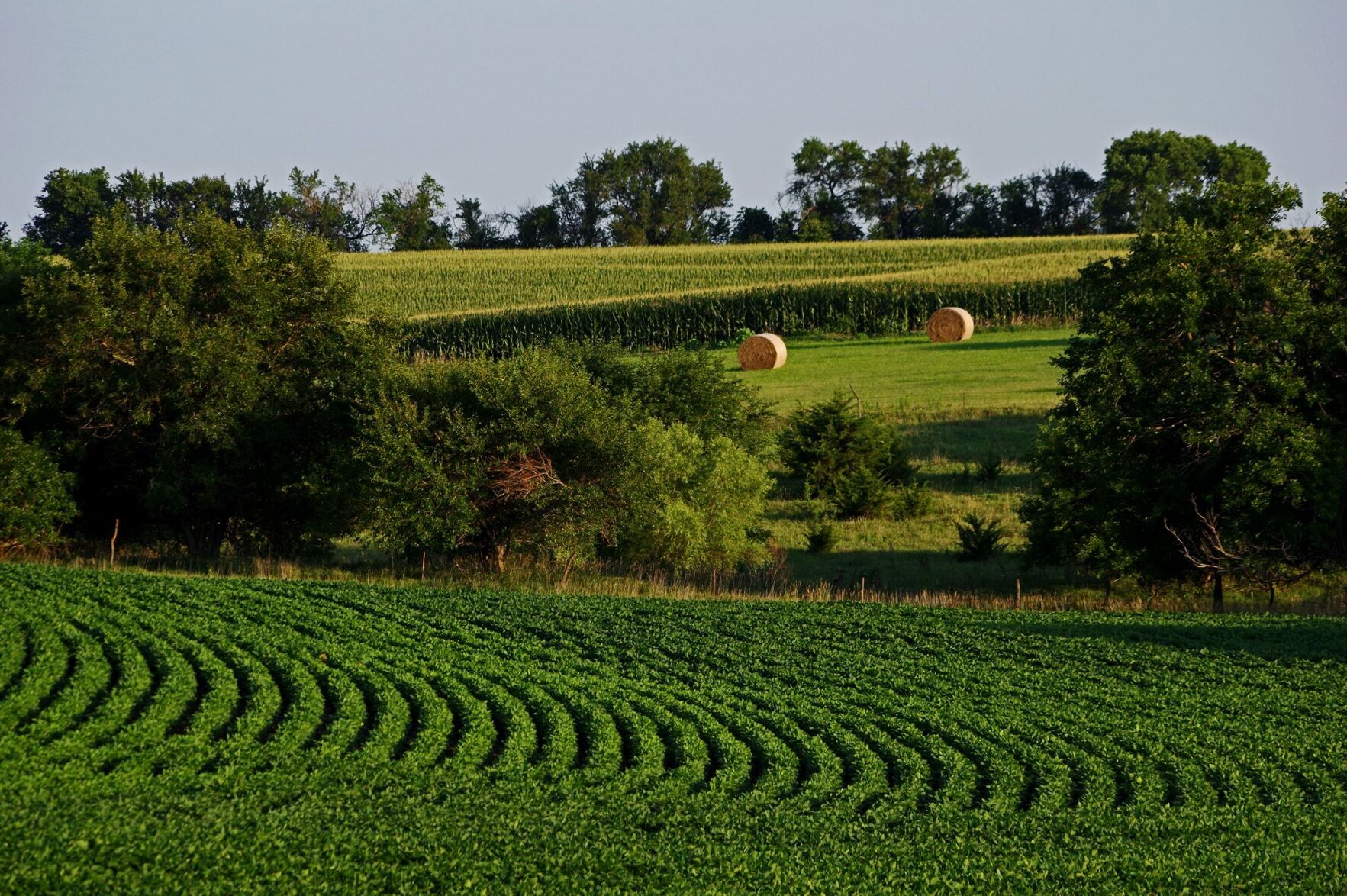The U.S. Department of Agriculture’s World Agricultural Supply and Demand Estimates showed few changes in its June 14 corn and soybean estimates. It raised its corn export forecast by 75 million bushels to a total of 2.85 million bushels, with no change in projected feed usage. The WASDE raised projected ethanol usage by 75 million bushels and reduced projected carryover by 150 million bushels to 1.107 million bushels, equal to 7.4% of usage and lower than was forecast earlier in the year. Corn carryover projections have steadily shrunk since last June.
The projected 2021 corn yield projections remained unchanged at 179.5 bushels an acre, the USDA still expects corn production of just under 15 billion bushels (although other crop estimators disagree).
The USDA also offered no change in its estimates of Brazil’s 2021 corn production from its May estimate, and no change in its estimate of China’s expected imports from all sources compared to May.
Randy Mittelstaedt, head of market insights for R.J. O’Brien, said the USDA’s estimate of soybean ending stocks for the current and following years rose by about 15 million bushels to 135 million bushels to 155 million bushels, respectively. Mac Marshall, vice president of market intelligence for the U.S. Soybean Export Council and United Soybean Board, said the change is the first move USDA had made to ending stock figures in the past four months.
Biofuels push
Marshall said he didn’t foresee dried distillers’ grains displacing demand for soy except a little bit in dairy. “Meal is the driver of crush,” Mittelstaedt said. We are in a “zero cushion” environment where “every bushel counts.” The WASDE projected near-record export figures for the current marketing year, as well as a significant harvest for U.S. soybeans in 2021. Soybean production estimates unchanged at 4.405 billion bushels, based on a national average of 50.8 bushels per acre.
“Trim one bushel per acre, and we are in a massive demand rationing scenario,” he said. Mittelstaedt said the global demand environment is embracing all sources of biofuel: palm, sunflower, canola and rapeseed oils as well as soybean oil. In addition, there is an increased demand for soybean oil in food uses. He foresees a “big push for biofuels” persisting over the next few years. Several processors are expanding or building crush plants. “Soybean oil will remain the driver for product value for the next couple of years.” He said traditional petroleum plants are being retrofitted to take account of the expected demand.
Mittelstaedt and Marshall spoke in a webinar presented by the U.S. Soybean Exporting Council June 11. The discussion is available at ussec.org.
Drought concerns
With the western drought commanding attention, USDA is due to release a revised acreage report June 30 that should account for drought effects. Michael Langemeier, associate director of Purdue University’s Center for Commercial Agriculture and a professor in its Department of Agricultural Economics, said about 74% of the corn crop so far is in good-to-excellent condition. The drought is expected to center on the Dakotas; South Dakota is responsible for about 10% of the nation’s corn crop. “We need timely rains in July and August,” said Nathanael Thompson, assistant professor of agricultural economics at Purdue.
David Murray can be reached at [email protected].




